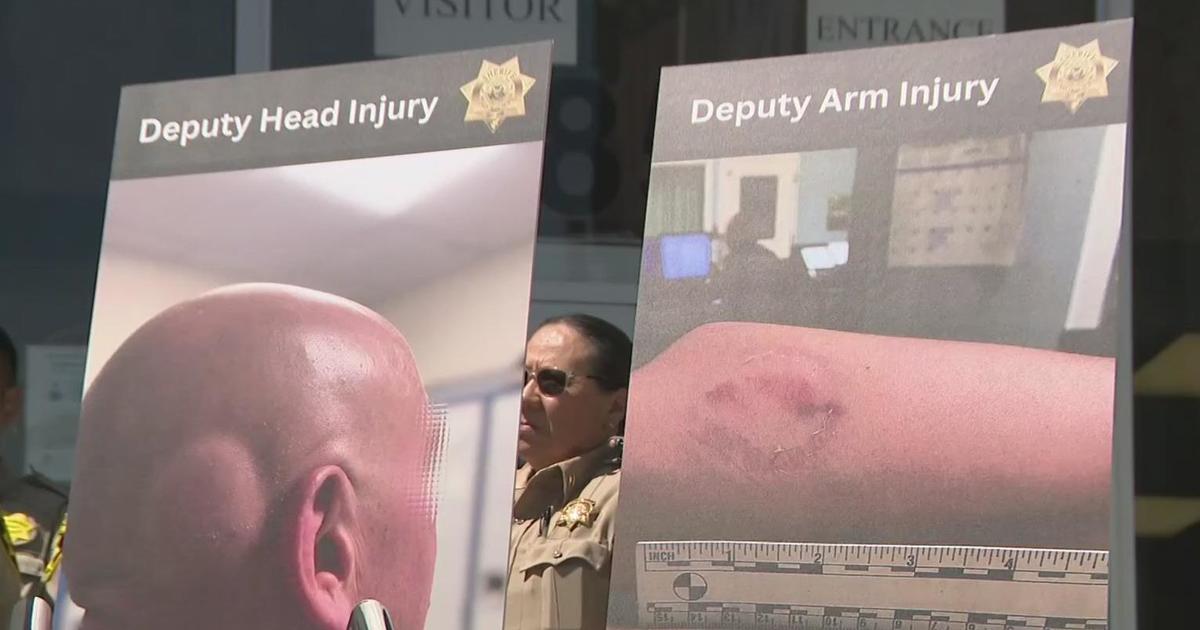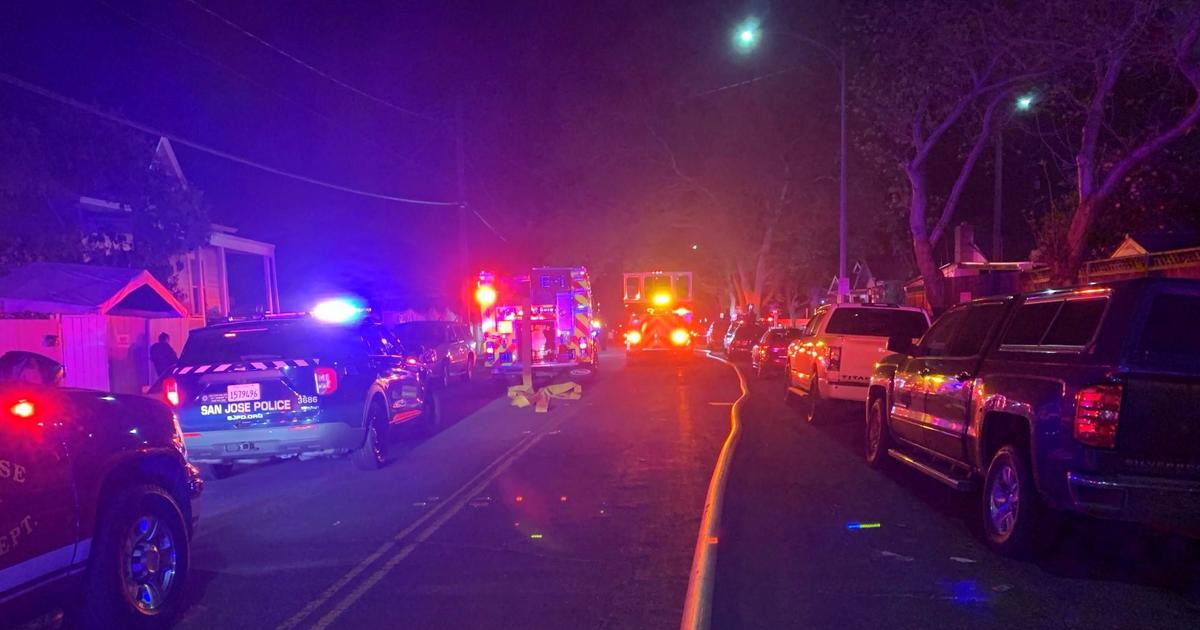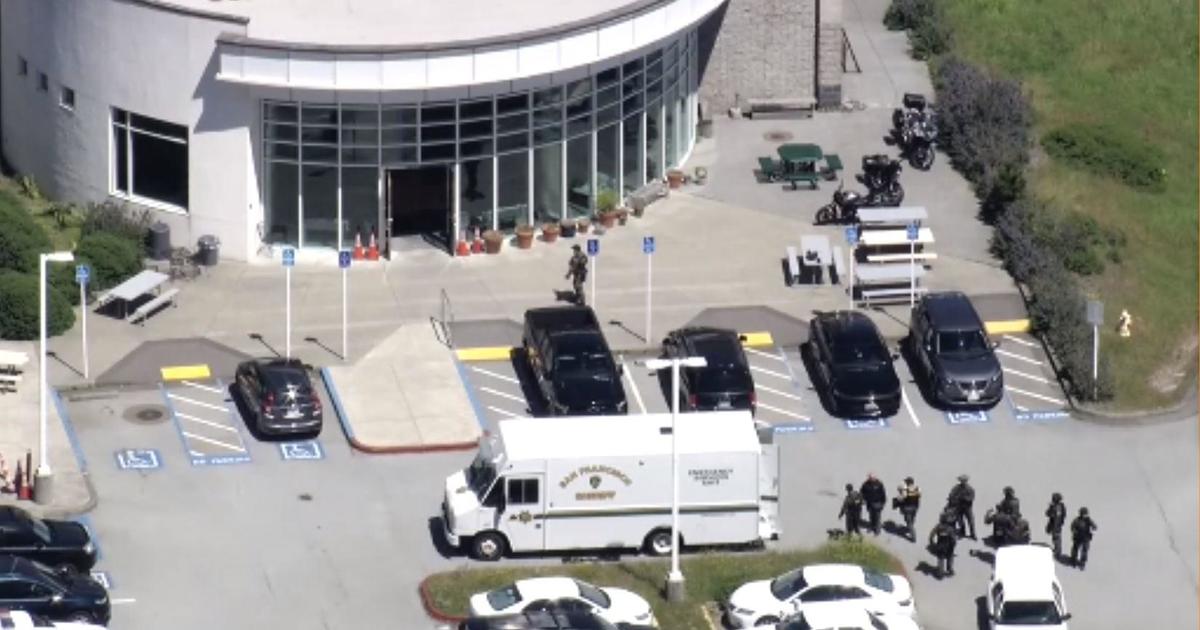StarDate 7/16/2014: Cosmic Missiles Slam Into Jupiter
FROM THE UNIVERSITY OF TEXAS McDONALD OBSERVATORY, AS HEARD ON KCBS RADIO WEEKDAYS @ 9:52 A.M., 7:35 P.M. & 2:52 A.M.
STARDATE 7/16/2014: Our solar system can be a dangerous place. The most striking evidence of that came 20 years ago today, when the first fragment of a shattered comet blasted the planet Jupiter. Another 20 pieces of the comet followed over the next week, creating dark blemishes that lasted for months.
Comet Shoemaker-Levy 9 was discovered in 1993. By then, Jupiter's gravity had already pulled the comet apart, creating what was described as a string of pearls — almost two dozen bright chunks of rock and ice.
The first of the pearls hit Jupiter on July 16th, 1994. It hit on the back side of the planet as seen from Earth, so the impact itself wasn't visible. But a spacecraft en route to Jupiter did see the flash, and measured the temperature of the fireball at about 45,000 degrees. The fireball was about 2,000 miles tall — tall enough for telescopes on Earth to see before the impact site rotated into view.
The largest fragment of the comet hit a few days later, exploding with the force of millions of nuclear bombs. It and the other impacts created dark scars in Jupiter's clouds that were as big as Earth.
In the two decades since, a couple of other large objects have plowed into Jupiter, creating similar dark scars. And a small asteroid exploded in the skies above Siberia last year. These and other events, along with a lot of close calls, show that impacts between planets and smaller bodies are common — an ever-present danger in our own solar system.



